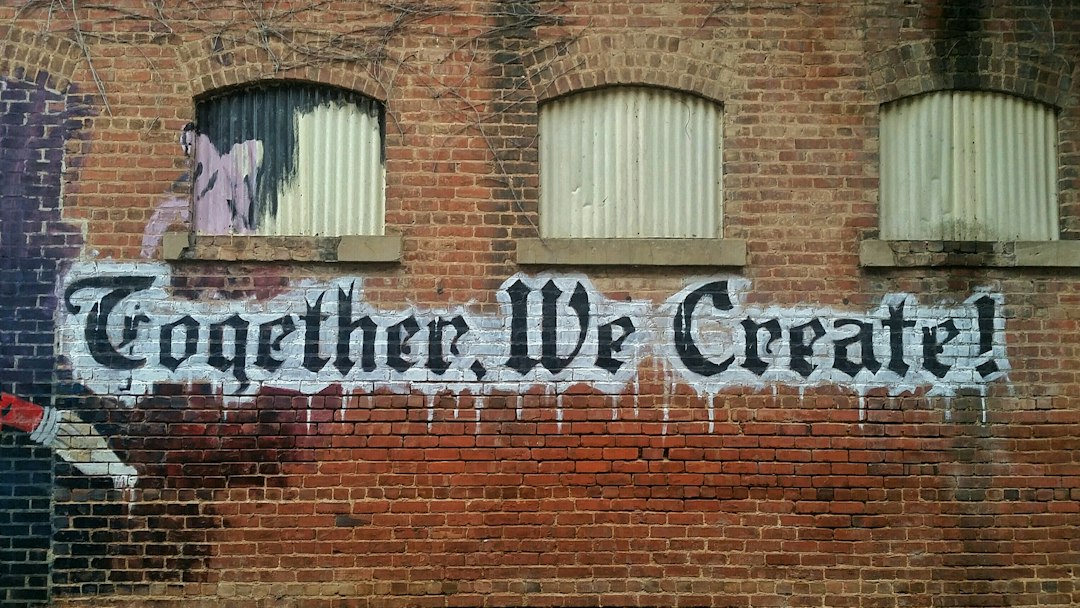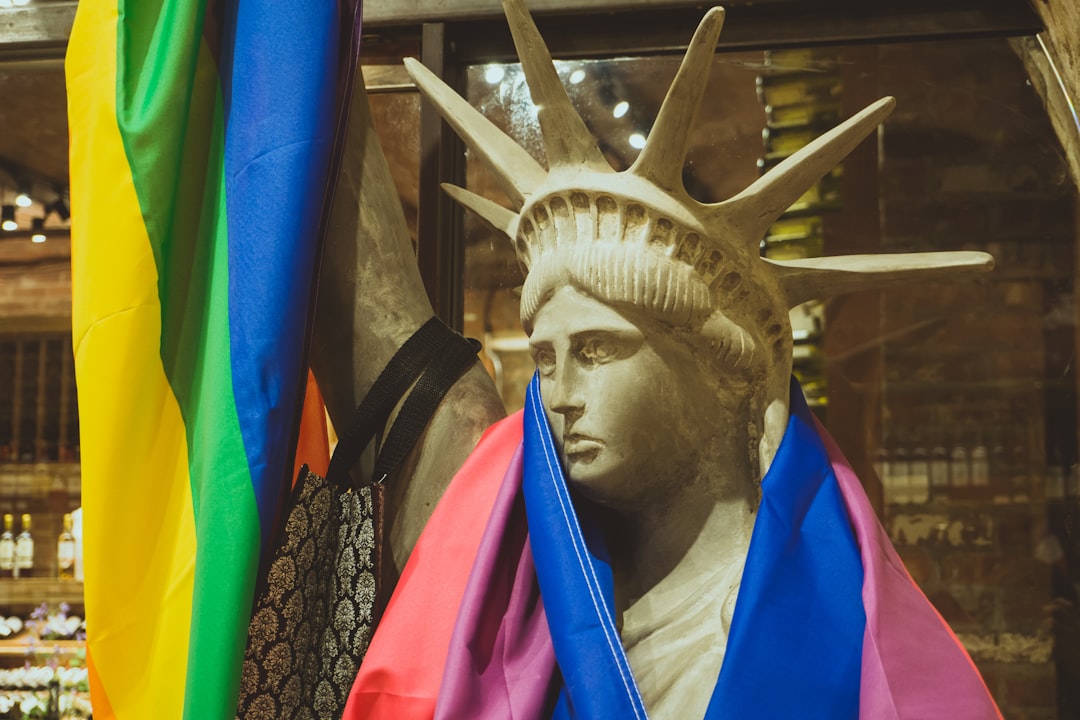What is it about?
Ever since the United Nations General Assembly decided in 1946 to locate UN Headquarters in New York, Governments have donated art and furnishings to enhance the premises. Their gifts offer a window into how UN Member States hope to be perceived and how they regard the Organisation.
Featured Image

Photo by the blowup on Unsplash
Why is it important?
The donation by Governments of art and furnishings to the UN and other international organisations is unlike bilateral diplomatic gift-giving in that objectively it appears to be non-reciprocal. But while a donor does not receive a tangible gift of equivalent value from the organisation, it is clear from this widespread practice that States consider it an important avenue for raising their diplomatic profile and as a gesture of good will.
Perspectives
Throughout my UN career, I have been fascinated by the art and furnishings which governments donate to the United Nations, and I enjoyed having this opportunity to tell stories connected with some of the gifts and to reflect on their significance to Member States and to the Organisation itself.
Loraine Sievers
SCProcedure
Read the Original
This page is a summary of: Purposes, Politicisation and Pitfalls of Diplomatic Gift-giving to the United Nations, The Hague Journal of Diplomacy, February 2021, Brill,
DOI: 10.1163/1871191x-bja10065.
You can read the full text:
Resources
Contributors
The following have contributed to this page










